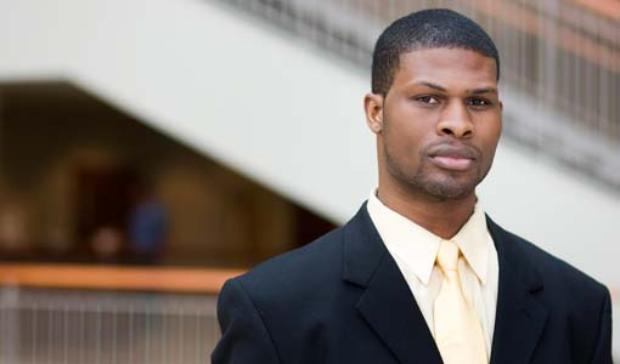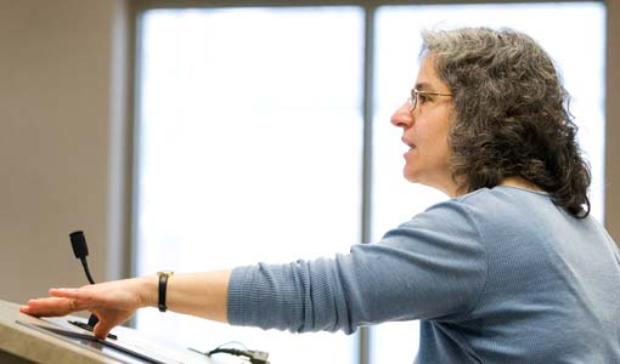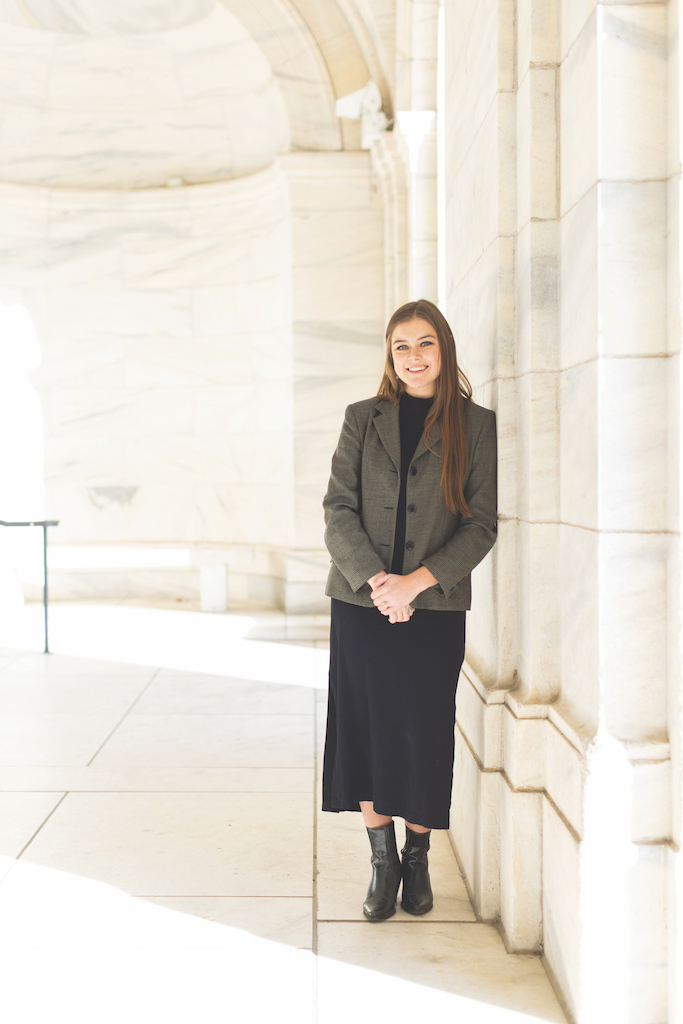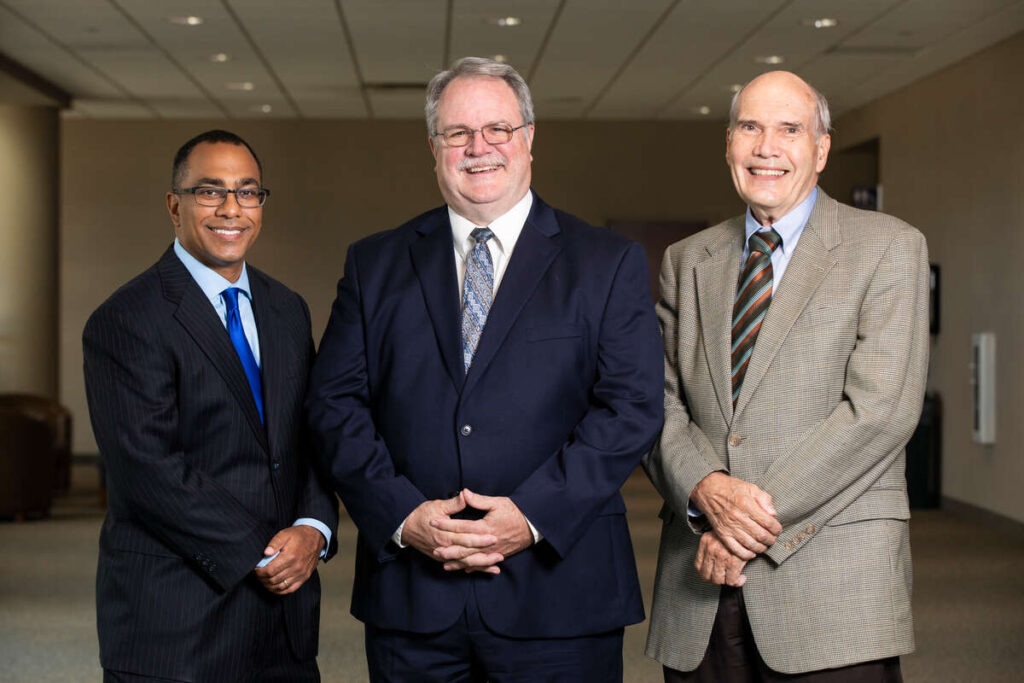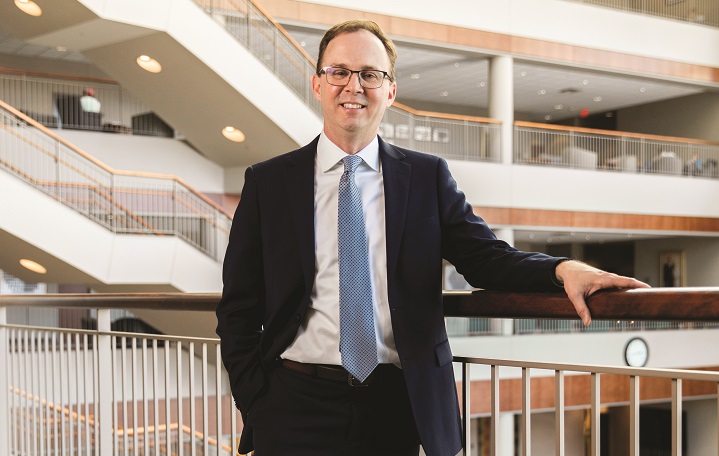When the election rolls around in November, a large, traditionally Democratic constituency will be missing. Many would expect this constituency to come out in droves to support Barack Obama, but this group of men will not cast their ballot for the African-American presumptive Democratic presidential candidate. These men will be noticeably absent from the polls, not because of apathy or anger or any of the other traditional voting deterrents; these men will remain away from the voting booths because they are legally prohibited due to felon disenfranchisement laws. Felon disenfranchisement laws have resulted in the loss of the right to vote in 13 percent of the United States’ African-American adult male population and, in some states, particularly in the South, 40 percent of African-American men are likely to be disenfranchised permanently.
Felon disenfranchisement laws are just one of a series of collateral effects of criminal arrests and convictions that incarcerated individuals will face upon leaving prison. Collateral effects are invisible, civil punishments that arise immediately following an arrest, but affect individuals more harshly upon conviction. Collateral effects impinge on minorities at an astoundingly disproportionate rate; but much more than any other race, African Americans receive the brunt because although African Americans only constitute 13 percent of the American population, 46 percent of prison inmates and 42 percent of jail inmates are African American. Contrary to public opinion, the over-representation in the prison system is not due to the ethnic group’s alleged disproportionate involvement in crime; instead, studies routinely show that racial groups participate in criminal activity in numbers representative to their numbers in the population [from “The ‘Darden Dilemma’: Should African Americans Prosecute Crimes?” by Kenneth B. Nunn in the Fordham Law Review (2000) and Unequal Justice: A Question of Color by Coramae Richey Mann (1993)].
Here is a hypothetical but typical example of collateral effects on an individual: When someone leaves prison eager to become a productive member of society, he is handed bus fare and the clothes in which he arrived. This person has no job, but upon looking for one, he is told repeatedly that his criminal record precludes him from obtaining employment. He is informed that he is unable to gain employment in the trade that he learned while in prison, e.g., barbering, because his criminal status precludes him from obtaining a license. He needs housing in a crime-free neighborhood to avoid the temptations that landed him in prison, so he seeks housing in a nice neighborhood but is told that the background check bars him from that housing. He cannot live with family because his family lives in public housing and federal laws prohibit anyone with certain convictions from living in government housing and/or obtaining any government benefits. His fear of becoming homeless or returning to housing in crime-infested neighborhoods becomes a reality. (For example, in Minnesota, African Americans constitute 38 percent of the homeless population but are only 3- to 4 percent of the total state population; this disproportionate number is due largely to collateral effects of criminal convictions.)
In addition to those restrictions, individuals are burdened with much harsher legal standards because of their probation status (e.g., simply being accused of a crime such as loitering is enough to send one back to prison). How does this individual eat? How does he provide for his basic necessities? His limited options make our once hopeful, determined individual resolved to provide for himself the only way he thinks he can – crime. In the process, he becomes part of another statistic: 50 percent of prisoners will recidivate (return to prison) within one year of release.
Minnesota’s African-American community is particularly more susceptible because Minnesota is one of the nation’s leaders in the disparity of African-American incarceration rates, disproportionate arrest rates, and poverty rates. When November rolls around, 1 percent of Minnesota’s population will be prohibited from casting their vote because of disenfranchisement laws due to collateral effects; however, almost 18 percent of the state’s African-American men will be told not to bother casting a ballot. We should challenge ourselves as a society to determine when our punishment of these individuals begins to punish the society more.
Author: Shawn Stuckey is a 2008 graduate of the St. Thomas School of Law. Stuckey gave testimony to the United Nations in Geneva, Switzerland, in February at the 72nd Convention on the Elimination of Racial Discrimination. This fall, he will be a first-year associate at Zelle Hofmann in Minneapolis, where his practice area will be complex litigation. He will continue to co-chair the legal department of the St. Paul branch of the NAACP.
Read more from St. Thomas Lawyer.
